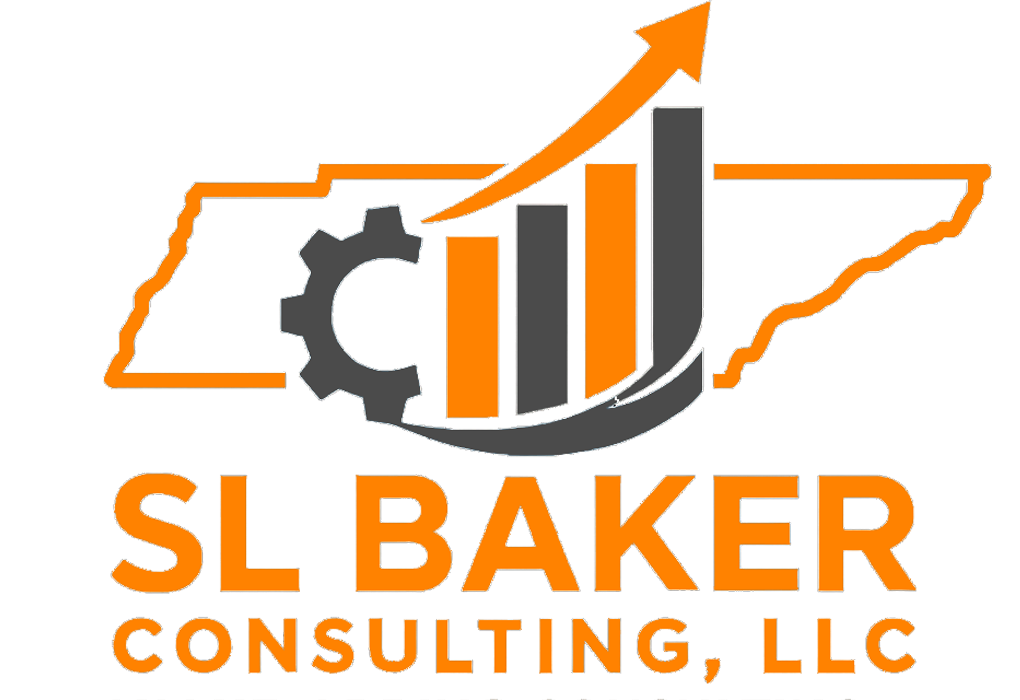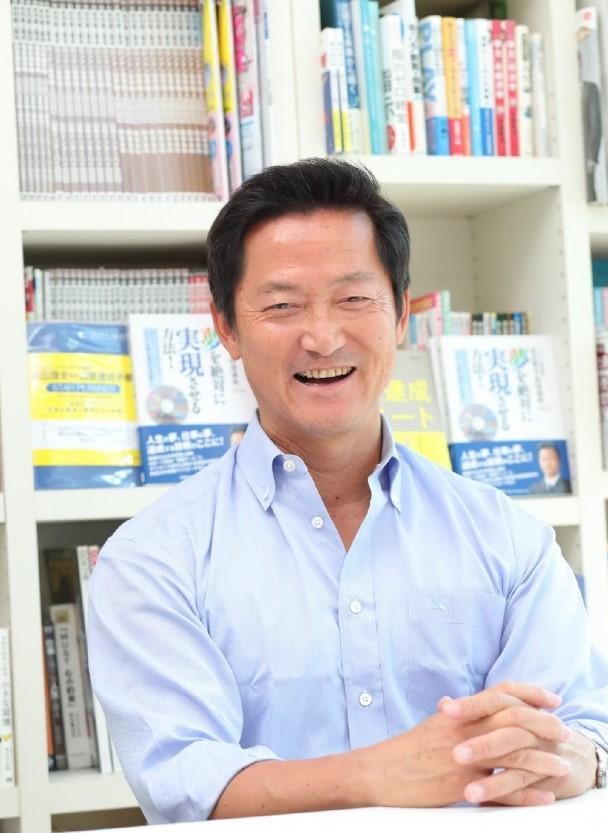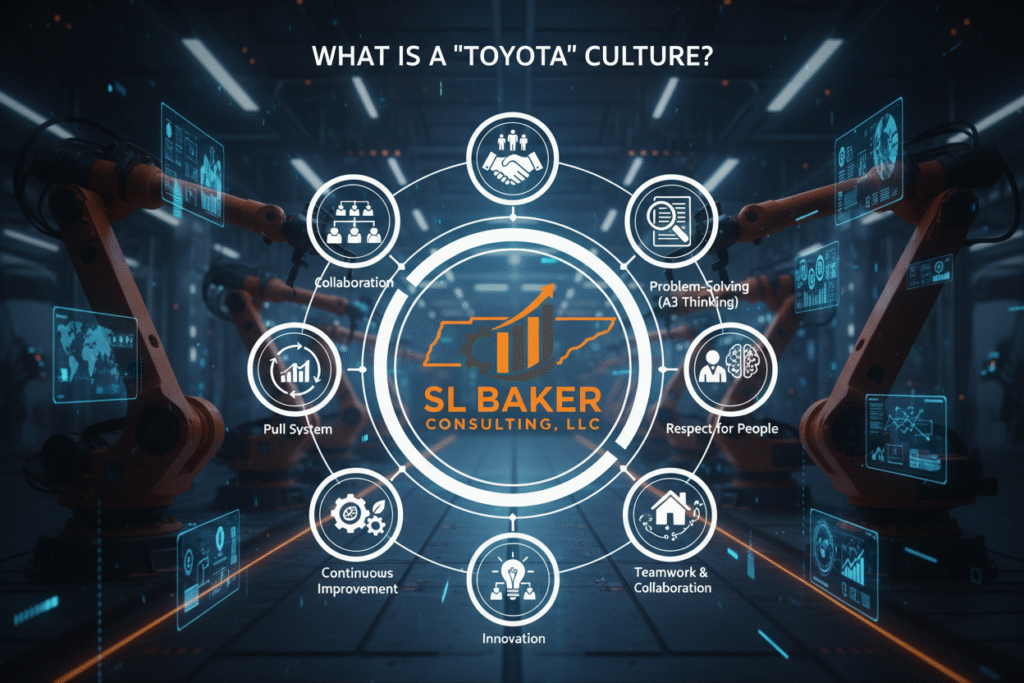What is the Harada Method and why is it the key to the 8th waste?
The Harada Method in Tennessee is a transformative approach to personal and professional development that emphasizes the importance of engaging employees at all levels to unlock their full potential. Developed by Takashi Harada, this method addresses the 8th waste in Lean manufacturing: the underutilization of employees’ skills. By fostering self-reliance and aligning individual goals with organizational objectives, the Harada Method enables leaders to cultivate a culture of responsibility and ownership, paving the way for sustainable improvement and success.
A Brief History of the Harada Method
The Harada Method was developed by Takashi Harada, a Japanese school teacher in Osaka, who sought to help underprivileged children compete in track and field. Recognizing the potential of these students, Harada created a structured approach that focused on personal goal setting and accountability. To refine his methodology, he studied highly successful athletes across various sports to identify common traits that contributed to their success. His observations led to the development of a framework that not only enhanced athletic performance but also fostered personal growth.
The method emphasizes the importance of engaging individuals in their own development, allowing them to recognize and harness their unique skills and talents. By focusing on personal growth, the Harada Method encourages employees to take ownership of their development and align their aspirations with the company’s goals. This alignment not only enhances individual performance but also drives collective progress within the organization.
Addressing the 8th Waste
In Lean manufacturing, the 8th waste refers to the underutilization of employees’ skills, knowledge, and abilities. This waste often manifests when organizations fail to engage their workforce fully, leading to missed opportunities for innovation, improvement, and efficiency. The Harada Method directly addresses this issue by empowering employees to recognize their potential and actively participate in the organization’s success.
Through the Harada Method, employees are encouraged to identify their strengths, set personal goals, and develop action plans to achieve those goals. This process not only enhances their skill sets but also fosters a sense of purpose and belonging within the organization. By actively engaging employees in their development, organizations can unlock valuable insights and innovative solutions that contribute to operational excellence.
Preparing Leaders to Lead with Intent
The Harada Method is instrumental in preparing leaders to lead with intent, a concept articulated by David Marquet in his book “Turn the Ship Around!” Leading with intent involves empowering individuals to take ownership of their work and make decisions that align with organizational goals. The Harada Method aligns seamlessly with this philosophy, equipping leaders with the tools and mindset necessary to foster a culture of self-reliance and accountability.
Leaders trained in the Harada Method learn to create an environment where employees are encouraged to take initiative and develop their skills. This approach contrasts with traditional top-down management styles, where decisions are often made solely by leaders without input from employees. By encouraging self-reliance, the Harada Method empowers employees to take charge of their own development and contribute meaningfully to the organization’s goals.
Achieving Personal, Work, and Company Goals
One of the key aspects of the Harada Method is its focus on aligning personal goals with work and company objectives. Employees are guided through a structured process that helps them identify their aspirations, set measurable objectives, and develop actionable plans to achieve those goals. This alignment is crucial for fostering a sense of purpose and motivation among employees.
When individuals see how their personal goals contribute to the broader objectives of the organization, they are more likely to feel engaged and invested in their work. This alignment not only enhances individual performance but also drives collective progress, as employees work collaboratively towards shared goals. The Harada Method thus cultivates a sense of unity and purpose within the organization, creating a culture where everyone is committed to continuous improvement.
Building Responsibility and Ownership
The Harada Method inherently builds responsibility and ownership among employees. By encouraging individuals to take charge of their personal development, this method fosters a sense of accountability for their actions and outcomes. Employees learn that their contributions matter and that they have the power to influence their success and the success of the organization.
This sense of ownership is further reinforced by the collaborative nature of the Harada Method. Leaders are encouraged to support their teams in achieving their goals, creating a culture of mutual respect and cooperation. As employees take responsibility for their development and work collaboratively towards shared objectives, they become more invested in the organization’s success.
Conclusion
The Harada Method is a powerful framework for solving the 8th waste in Lean manufacturing: the underutilization of employees’ skills. By empowering individuals to take ownership of their development and aligning their personal goals with organizational objectives, the Harada Method fosters a culture of responsibility, accountability, and continuous improvement.
As leaders learn to lead with intent, they create an environment that encourages self-reliance and collaboration, ultimately unlocking the full potential of their workforce. In doing so, organizations can ensure that they not only achieve their goals but also cultivate a thriving and engaged workforce capable of driving sustainable success. The Harada Method thus represents a vital tool for any organization committed to maximizing its human capital and fostering a culture of excellence.





